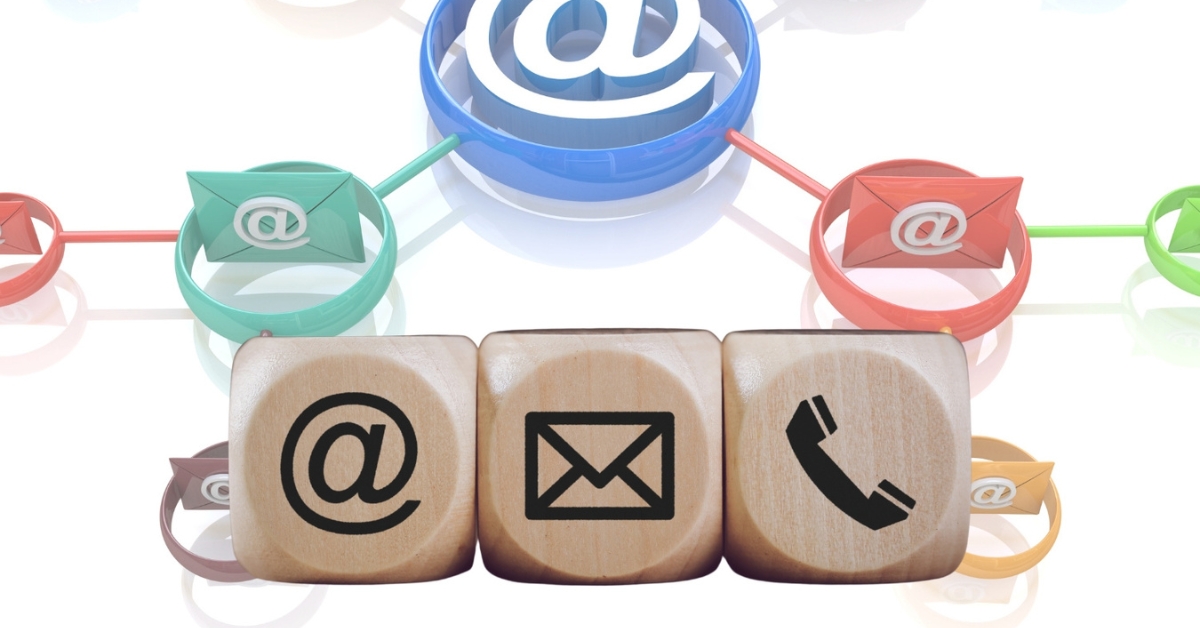How to Use Data to Enhance Personalization in Email Marketing

Personalization is crucial for engaging customers and driving conversions in today’s competitive digital landscape. Consumers expect relevant content delivered directly to them, and email marketing is one of the most effective ways to achieve this. However, personalization goes beyond just using a customer’s name in the subject line. It involves delivering tailored content based on data-driven insights that resonate with individual preferences and behaviors.
Using customer data to enhance email marketing personalization increases engagement and improves open rates, click-through rates, and conversion rates. Here’s how to effectively use data to personalize your email marketing campaigns.
Start by segmenting your email list based on demographic data, such as age, gender, location, and purchase history. Analyzing this data allows you to craft tailored messages that resonate with different customer groups. For instance, if your brand sells clothing, you can send emails highlighting summer collections to customers in warmer regions while showcasing winter wear to those in cooler climates.
Additionally, age and gender can help you recommend products that appeal to each segment. This level of personalization can significantly improve engagement, as customers are more likely to open emails that feature products they are interested in.
Behavioral data, such as past purchases, website activity, and email interactions, provides powerful insights into your customers’ interests and intent. By tracking what a customer has previously bought or clicked on, you can send highly relevant emails that speak to their interests.
For example, if a customer recently browsed a specific product category, you can follow up with an email featuring similar products or offering a discount to encourage a purchase. Cart abandonment emails based on behavioral data are also highly effective. They remind customers of items they left behind and provide incentives to complete the purchase.
By tracking customer behavior and creating relevant content, you can deliver emails that feel personal and valuable rather than just generic promotions.
Dynamic content allows you to tailor different parts of your email based on real-time data and customer preferences. For example, you can use dynamic content blocks to show different product recommendations, offers, or images based on customer data, such as past behavior or browsing history.
This could mean showing new arrivals to a frequent shopper or offering a special birthday discount to customers who provide their date of birth. Real-time personalization makes emails feel more tailored and relevant to the recipient, improving the likelihood of a positive response.
Timing plays a significant role in the effectiveness of email campaigns. By analyzing data on when your customers are most likely to open and engage with your emails, you can send messages at the optimal time for each segment. For instance, if your data shows that customers tend to open emails in the early morning or late evening, schedule your emails accordingly to ensure higher open rates.
Email marketing tools that utilize machine learning and AI can even automate this process by sending emails based on each subscriber’s previous activity, ensuring that your messages reach them at the perfect moment.
A/B testing is a valuable tool for optimizing personalized email campaigns. You can gather data on what resonates best with each audience segment by testing different subject lines, content types, or offers. Over time, this will help you refine your approach and improve the effectiveness of your campaigns.
Use the insights gained from testing to optimize your email content and continuously improve your personalization efforts. Whether testing personalized subject lines or tweaking dynamic content, A/B testing ensures your emails remain relevant and engaging.
Personalization is no longer a luxury in email marketing—it’s a necessity. By leveraging customer demographic data, behavioral insights, dynamic content, and optimized timing, you can create email campaigns that resonate deeply with your audience and drive higher engagement. The key is to use data effectively to tailor each message and ensure that your customers receive content that’s relevant and meaningful to them.
With the right approach, personalized email marketing can significantly enhance your connection with customers, improve your marketing ROI, and boost your overall business performance.
#EmailMarketing #Personalization #DataDrivenMarketing #CustomerEngagement #EmailCampaigns #MarketingStrategy #DynamicContent #ABTesting #CustomerData #ConversionOptimization
Company: PAY2ASSIST DYNAMICS CONSULTANCY - FZCO
Office Location
IFZA Business Park,
DDP 38579-001
A1-3641379065,
Dubai Silicon Oasis
Phone: +971 55 395 3714
Follow Us
Registered Office Address
